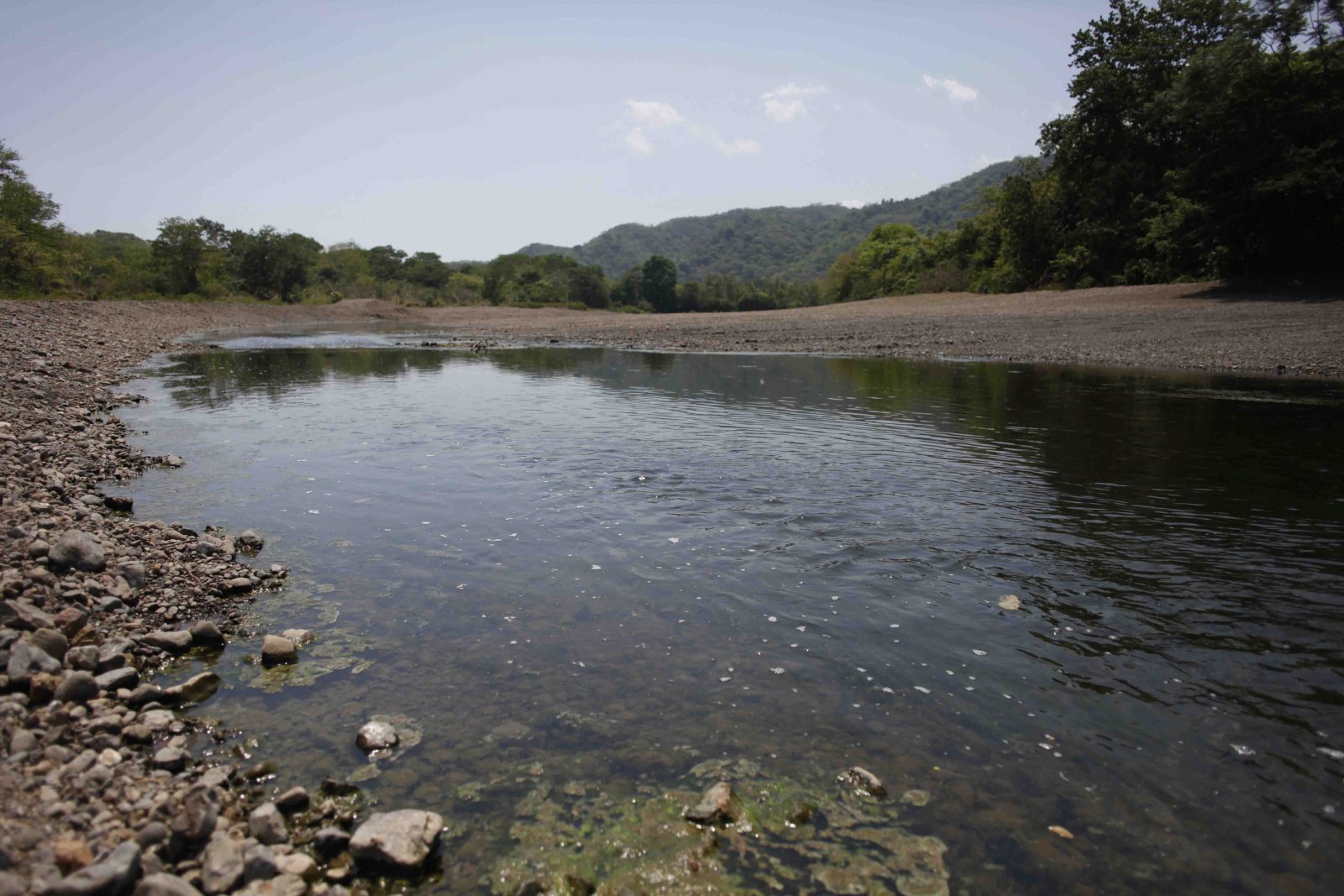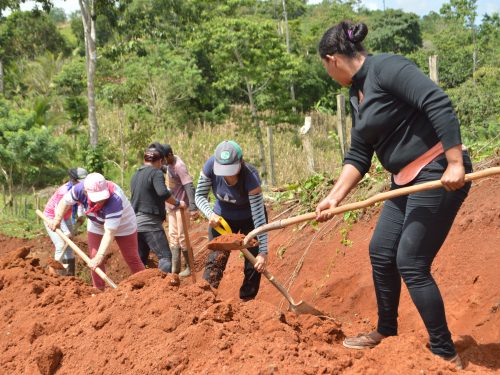
The National Groundwater, Irrigation and Drainage (Senara) of Costa Rica has developed a project for the construction of a large reservoir in the Guanacaste area that would provide drinking water to 350 thousand homes, even in the dry season.
It will be located in the lower part of the canton of Abangares, throughout 21 farms that are currently being devoted to livestock, as the land is not very fertile for agriculture, by contrast, and have a block of stone below the surface which will facilitate the water from not leaking.
“There will be times where current supply wells in Guanacaste will not cope with demands. Therefore it is important to map the surface waters of the province. In Guanacaste we are trying to build a large dam-water reservoir that allows us to store about 80 million cubic meters in the canton of Bagaces, to have another option. Not only for irrigation but also for drinking water in the driest part of the country”, explained general manager of Senara, Bernal Soto.
The project will require more studies before coming into operation, and this would amount to 100 million Colones in two years. However, the gains that leave the project must be secured to justify the investment.
“We already have the feasibility study of the dam, also have environmental impact studies. We are doing a market survey for the demand of what tourism will require in the next 5 to 10 years”, said Soto.
The reservoir will not take up a river to keep it full. Relying on this is what has made the distribution of the precious liquid difficult. Therefore, they devised that, as happens today, ICE will give Senara during the dry season 80 meters of water cubed per second from the Arenal reservoir. Of that amount provided by ICE only half will be used for irrigtation.
Environmental experts indicate that the project as presented so far is very successful since it will provide an environmentally friendly solution to a problem caused by climate change.This project would provide a solution to something that is being wasted and that certainly comes to solving health problems and demands throughout the Guanacaste province. We have to take care and not damage any spaces unnecessarily, but Guanacaste has many spaces that are not used currently so there are many options.” said the engineer and environmental analyst, Oscar Abarca.







Comments